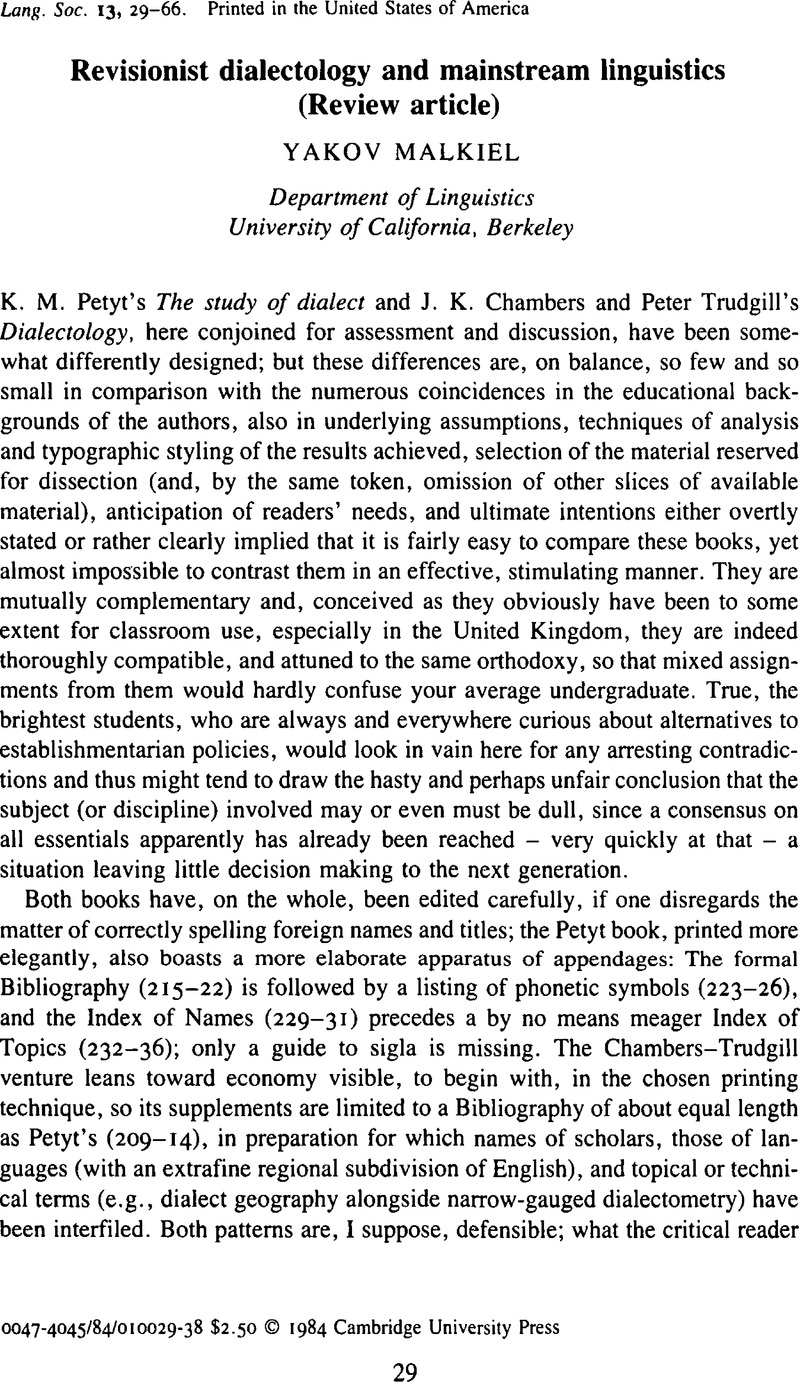Crossref Citations
This article has been cited by the following publications. This list is generated based on data provided by Crossref.
Shorrocks, Graham
1991.
A. J. Ellis As Dialectologist.
Historiographia Linguistica,
Vol. 18,
Issue. 2-3,
p.
321.
Kalogjera, Damir
2001.
On attitudes toward Croatian dialects and on their changing status.
International Journal of the Sociology of Language,
Vol. 2001,
Issue. 147,
Camino, Iñaki
2009.
Hizkuntza-aldakortasunari Amiküzetik so.
Lapurdum,
p.
61.
Malkiel, Yakov
and
De Marco, Barbara
2016.
Karl Jaberg and the Center of Gravity in Romance Linguistics.
Romance Philology,
Vol. 70,
Issue. 2,
p.
477.


